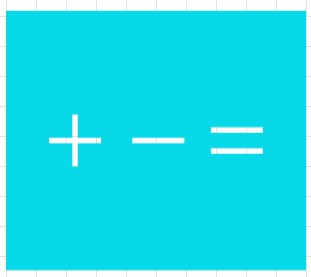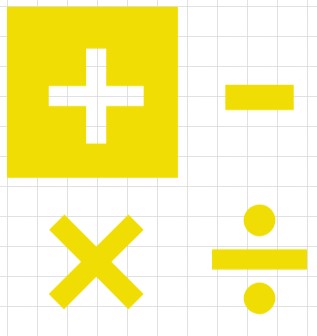Navigating the Core Pillars of Arithmetic
Mathematics, often viewed as a vast ocean of concepts, numbers, and theories, is anchored in its basics by a few fundamental operations. Among these, subtraction and addition reign supreme, acting as the guiding compasses for much of arithmetic and its subsequent branches. These primary operations not only form the bedrock of mathematical reasoning but also serve as daily tools for countless tasks, from mundane to monumental.
Addition: More than Just Summing Up
Defining Addition
At its core, addition is the arithmetic operation that combines quantities. Represented by the “+” sign, it’s the process of bringing two or more numbers together to form a total. For instance, when you combine 5 apples with 3 apples, you have 8 apples: 5 + 3 = 8.

Check Out Our Free Subtraction Worksheets
Key Properties of Addition
- Commutative Property: This property tells us that numbers can dance around their addition sign without altering the sum. Whether you add 2 to 5 or 5 to 2, the result remains 7. Mathematically, this reads as a + b = b + a.
- Associative Property: When you’re in the company of three or more numbers, the manner in which they’re grouped during addition doesn’t sway the sum. Whether you first add 2 and 3 (yielding 5) and then add 4, or first sum up 3 and 4 (giving 7) and then add 2, the total is consistently 9. Formally, (a + b) + c = a + (b + c).
- Identity Property: Zero plays a special role in addition. It’s the number that leaves others unchanged in the addition process. When you add zero to any number, the sum remains that number: a + 0 = a.
Real-world Interactions
Addition waltzes into our lives daily. When summing up expenses during a shopping trip, calculating total hours worked in a week, or even adding up scores in a game, addition is the silent worker behind the scenes.
Subtraction: Deciphering Differences
Defining Subtraction
Subtraction is the operation of taking away, determining the difference between quantities. Symbolized by the “-” sign, it identifies what remains when one number is reduced by another. If you have 10 candies and eat 3, you’re left with 7 so, 10 – 3 = 7.
Nuances and Properties
- Order Matters: Unlike its sibling addition, subtraction is order-sensitive. The result of a – b is not the same as b – a, unless, of course, a equals b.
- Non-Associative Nature: Similar to the non-commutative property, subtraction doesn’t entertain rearranging numbers when there are three or more in play. The result of (a – b) – c can drastically differ from a – (b – c).
Everyday Applications
Subtraction plays a crucial role in our daily life. Be it calculating the amount of change you should receive after a purchase, determining the distance remaining on a long drive, or figuring out how much you’ve spent from your monthly budget – subtraction is omnipresent.
Interplay Between Addition and Subtraction
These two operations are closely intertwined, acting as opposites. If you view addition as the process of climbing up a ladder, subtraction would be the act of descending. They can nullify each other; for example, if you add 5 to a number and then subtract 5 from the resulting sum, you’ll land right back where you started.

Free Math and English Worksheet Generators
Broadening the Horizon: Introducing Negatives
When negative numbers enter the scene, addition and subtraction become even more intriguing. Suddenly, subtracting a negative number turns into an addition of its positive counterpart. This concept, often termed “adding the opposite”, leads to equations like a – (-b) = a + b. This intertwining of addition and subtraction with negative numbers underscores the depth and breadth of these basic operations.
Summary
Subtraction and addition, while basic, are incredibly potent tools in the mathematical toolkit. Their applicability spans from the simplest of daily tasks to the complexities of advanced scientific research. By thoroughly understanding these operations, their properties, and the myriad ways they manifest in various scenarios, one builds a solid foundation for exploring the more intricate and advanced realms of mathematics. Far from being mere arithmetic operations, subtraction and addition are, in many ways, the lifeblood of quantitative reasoning and problem-solving. They serve as the stepping stones to higher-level concepts and continue to be relevant, no matter how advanced the mathematical journey becomes.